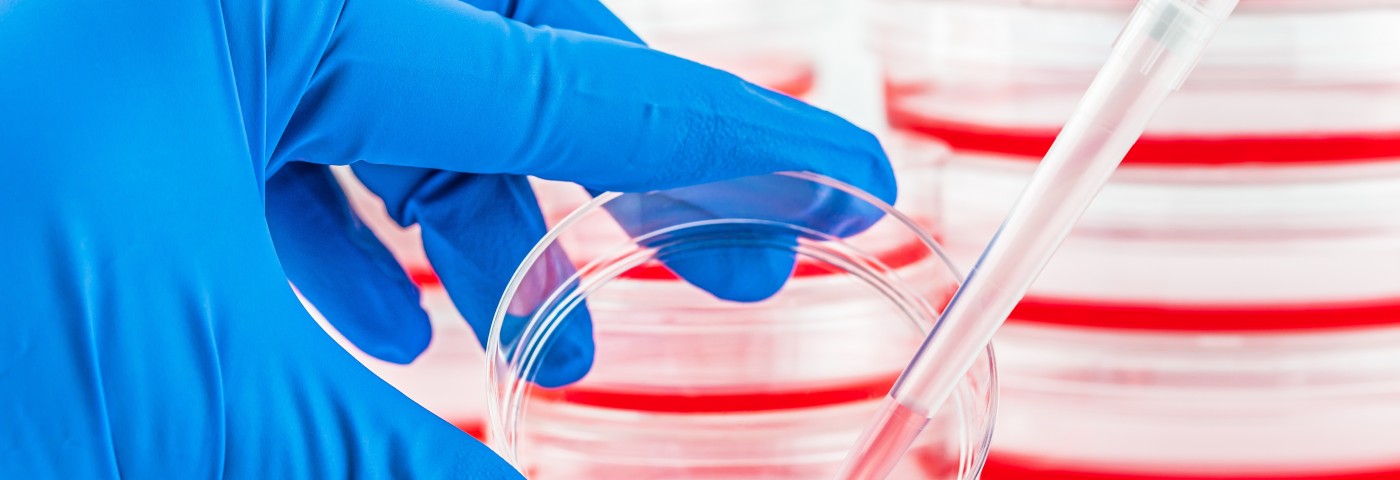Researchers have identified cells in mouse placentas and embryos that are precursors to blood stem cells and can be matured in the lab to produce these cells — suggesting a new way of generating patient-specific stem cells for the treatment of lymphomas and other blood-related diseases.
The research team from the Icahn School of Medicine at Mount Sinai, New York, had previously produced blood stem cells by reprogramming skin cells derived from mice. Here, they used knowledge on how the cells look at different stages of the reprogramming process, as well as the final appearance of precursor cells, to search for cells in mice placenta and embryos. The knowledge was also used to push the identified precursors to become blood stem cells.
In their study, “Hematopoietic Reprograming In Vitro Informs in Vivo Identification of Hemogenic Precursors to Definitive Hematopoietic Stem Cells,“ published in the journal Developmental Cell, the researchers demonstrated they are capable of producing blood stem cells by both backward and forward reprogramming.
Scientists are constantly looking for new ways to produce large amounts of blood stem cells in the lab for cell-replacement therapies in patients with lymphomas, leukemias, multiple myelomas, or immune deficiencies. This new method resembles the way blood stem cells are produced during embryonic development, and the researchers hope it could provide a new source of patient-specific cells.
“To cure disease in the long-term, we need to be able to transplant something that can keep producing new blood cells and won’t be rejected by the patient’s body,” the study’s senior author, Kateri Moore, associate professor of Developmental and Regenerative Biology at Icahn, said in a press release. “We are excited by the results of our study. The precursor cells can be matured in the lab to transplantable HSPCs [hematopoietic stem/progenitor cells]. Our reprogramming process can inform developmental hematopoiesis and vice versa.”
“Direct reprogramming studies can improve applications for regenerative medicine,” added Dr. Ihor Lemischka, professor of Developmental and Regenerative Biology, Pharmacology and Systems Therapeutics, and a member of The Black Family Stem Cell Institute at Mount Sinai. “Many investigators have attempted to do what we have been able to do growing HSPCs in vitro, but we have been able to build upon this process that could move the field forward. The next step is to test these findings in humans.”
Dr. Moore concluded: “Our team has made great attempts to unlock this puzzle, working together for over 20 years in the fields of hematopoiesis and stem cell biology. Our ultimate goal is to grow blood-forming cells in the lab and improve efficiencies to generate patient-specific blood cells. This study brings us a step closer to reaching this goal.”


